Think twice about these bites.
10 Common Foods That Contain A Shocking Amount Of Microplastics

You may not see it, taste it, or even realize it, but chances are, you're eating plastic. Tiny fragments known as microplastics have weaseled their way into the global food supply, contaminating everything from fruits and vegetables to seafood, salt, and even drinking water. Yikes!
These pollutants shed from things like packaging, clothing, and industrial waste and have become so widespread that it's nearly impossible to avoid them entirely. And even though researchers are still studying the long-term health effects of microplastics, the current data is concerning enough to make you want to look twice at your plate.
Here are 10 everyday foods that contain the most microplastics, some of which will probably surprise you!

Polina Tankilevitch / PEXELS
Rice
Rice might seem like one of the simplest foods out there, but it's surprisingly high on the microplastic contamination list. In fact, a University of Queensland study found that eating just half a cup of rice could expose you to three to four milligrams of microplastics, with instant rice containing as much as 13 milligrams per serving.
Fortunately, rinsing rice well before cooking can significantly reduce microplastics by as much as 40%.
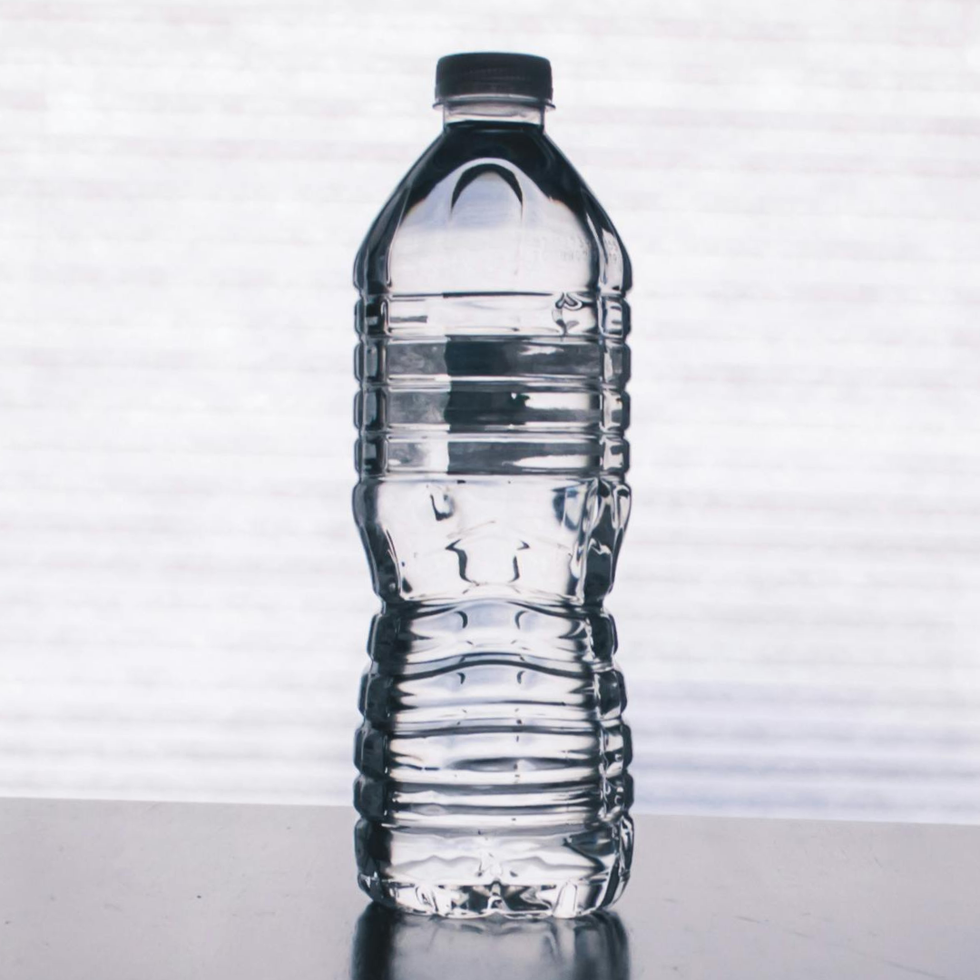
Steve Johnson / PEXELS
Bottled Water
Unsurprisingly, studies show that bottled water often contains staggering amounts of microplastics. One research paper even discovered that just two bottles of water can hold an average of 240,000 tiny plastic particles, many of which are so minuscule that they can't even be seen with a microscope.
While the bottled water industry is valued at over $274 billion and continues to grow, it's clear that convenience comes with a hidden cost, and reusable metal water bottles are the safer way to go.
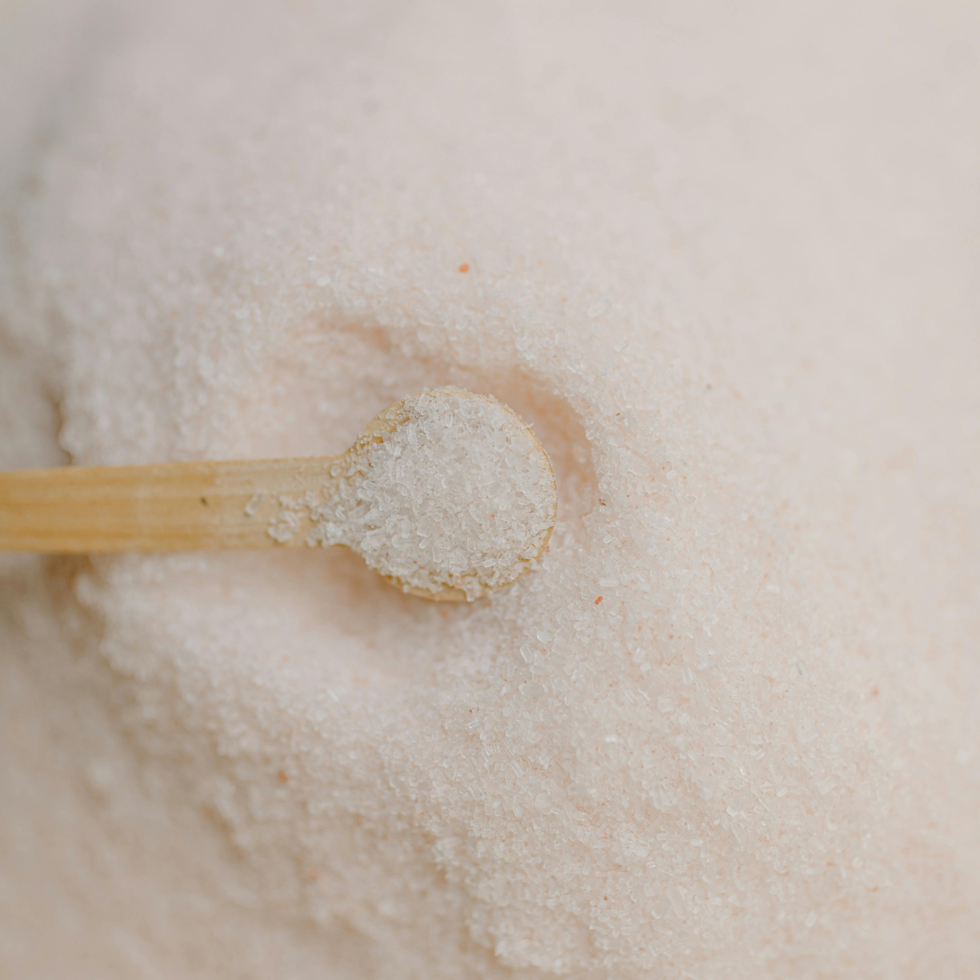
Tara Winstead / PEXELS
Himalayan Pink Salt
Himalayan pink salt is often marketed as a healthier, more natural alternative to table salt. Although it's true that the salt is minimally processed, it also contains a shocking amount of microplastics.
A 2023 study, for instance, revealed that salts mined from land, like Himalayan and black salt, have even more microplastics than ocean-derived sea salts.
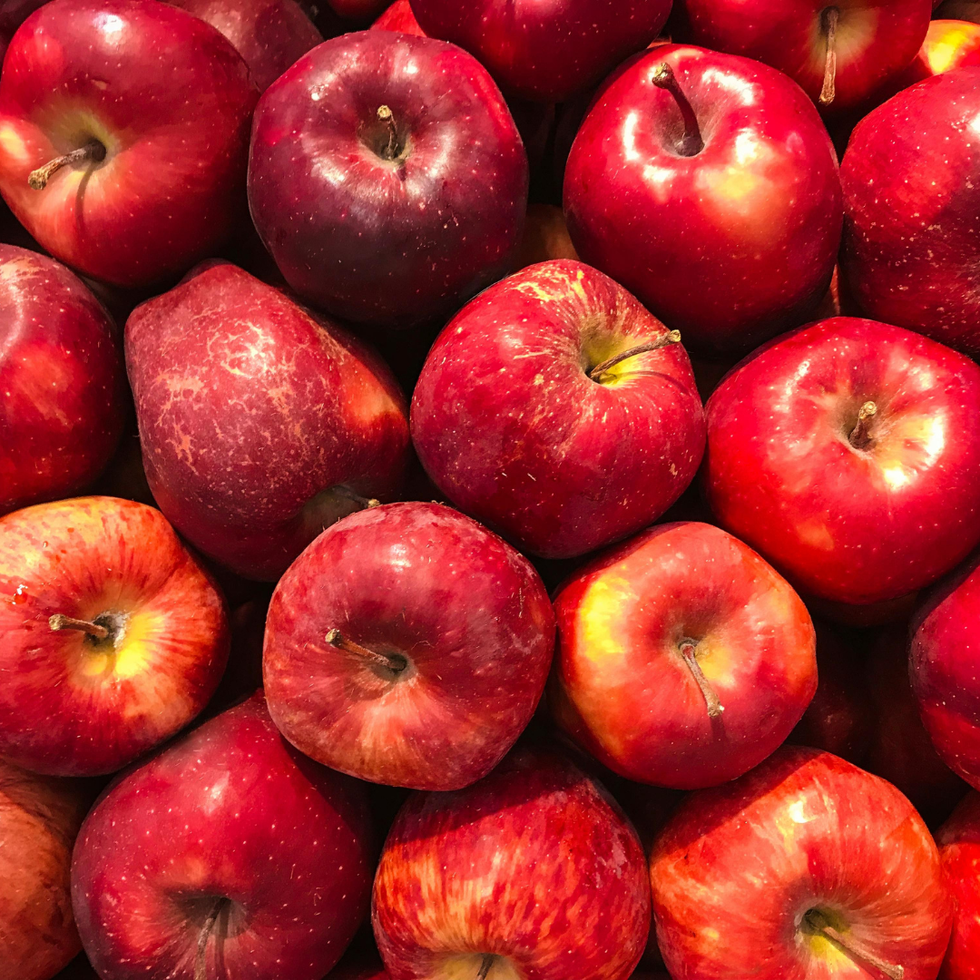
Matheus Cenali / PEXELS
Apples
Apples have traditionally been the poster child for healthy eating, but even this wholesome snack isn't safe from microplastic pollution. Recent research, like this 2021 study, suggests plants can absorb microplastics through their root systems, transporting them into their leaves, stems, and fruit.
Moreover, apples topped the list of most contaminated fruits, with over 100,000 microplastic particles found per gram.
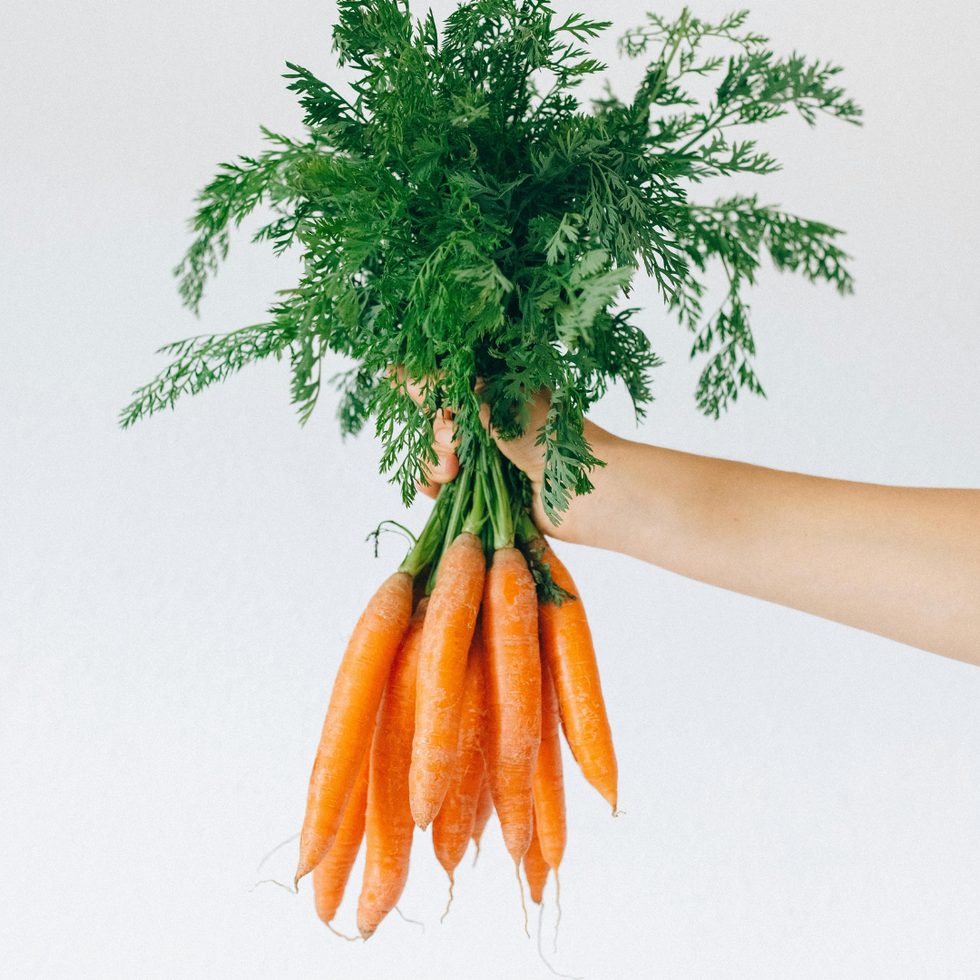
Nataliya Vaitkevich / PEXELS
Carrots
Root vegetables like carrots are also particularly vulnerable to microplastic contamination. They were found to be the most contaminated vegetables in a study examining microplastics in produce.
Since they grow underground and absorb nutrients (and pollutants) straight from the soil, it's no surprise that they pick up plastic particles, too. A single gram of carrot can actually contain more than 100,000 microplastic fragments.
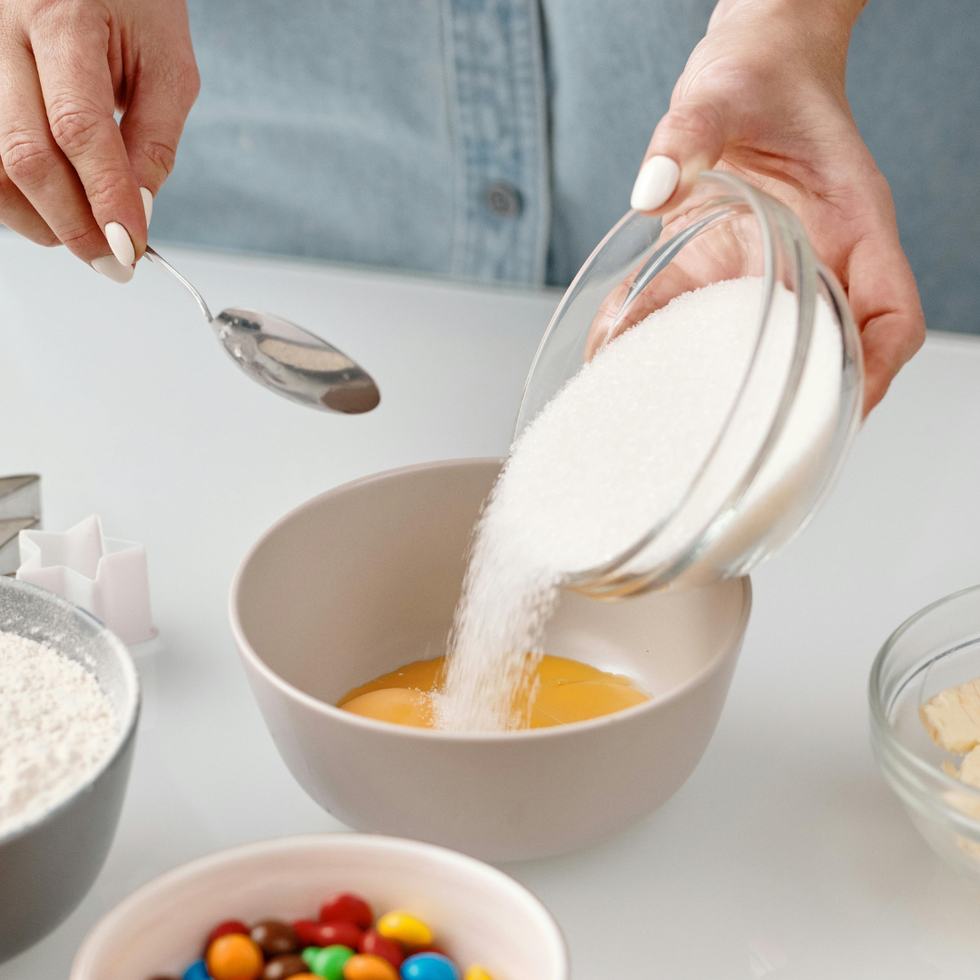
Nicole Michalou / PEXELS
Sugar
Sadly, we have a bitter truth for lovers of all things sweet. Sugar is a significant source of microplastic exposure. A 2022 research effort examining various commercial and unbranded sugars found plastic particles in every sample tested.
So, refined sugar appears to be a major carrier of microplastics, making it one of the least expected yet widely eaten sources of these pollutants.
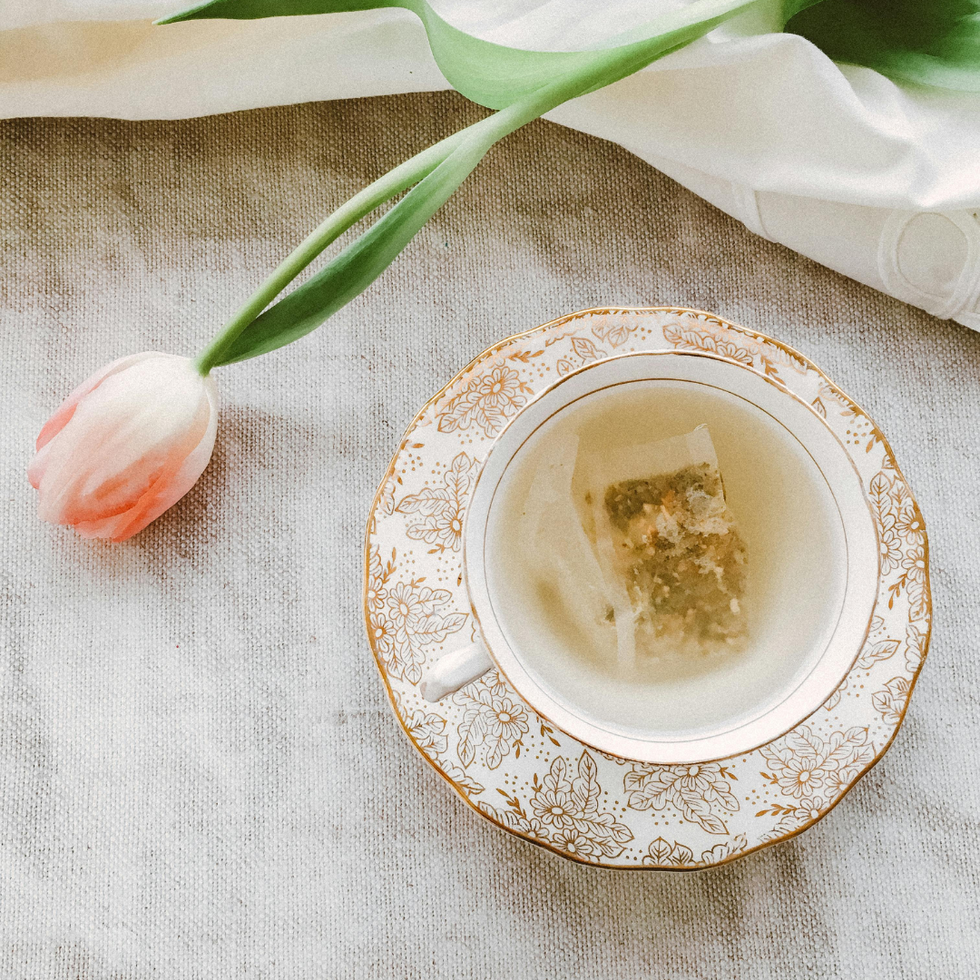
Lisa / PEXELS
Tea
A relaxing cup of tea may sound comforting at the end of a long day, but if you're using traditional tea bags, you might be drinking more than you asked for.
A study conducted by McGill University discovered that steeping a single tea bag in hot water releases around 11.6 billion microplastic particles and 3.1 billion even smaller nanoplastics into your beverage.
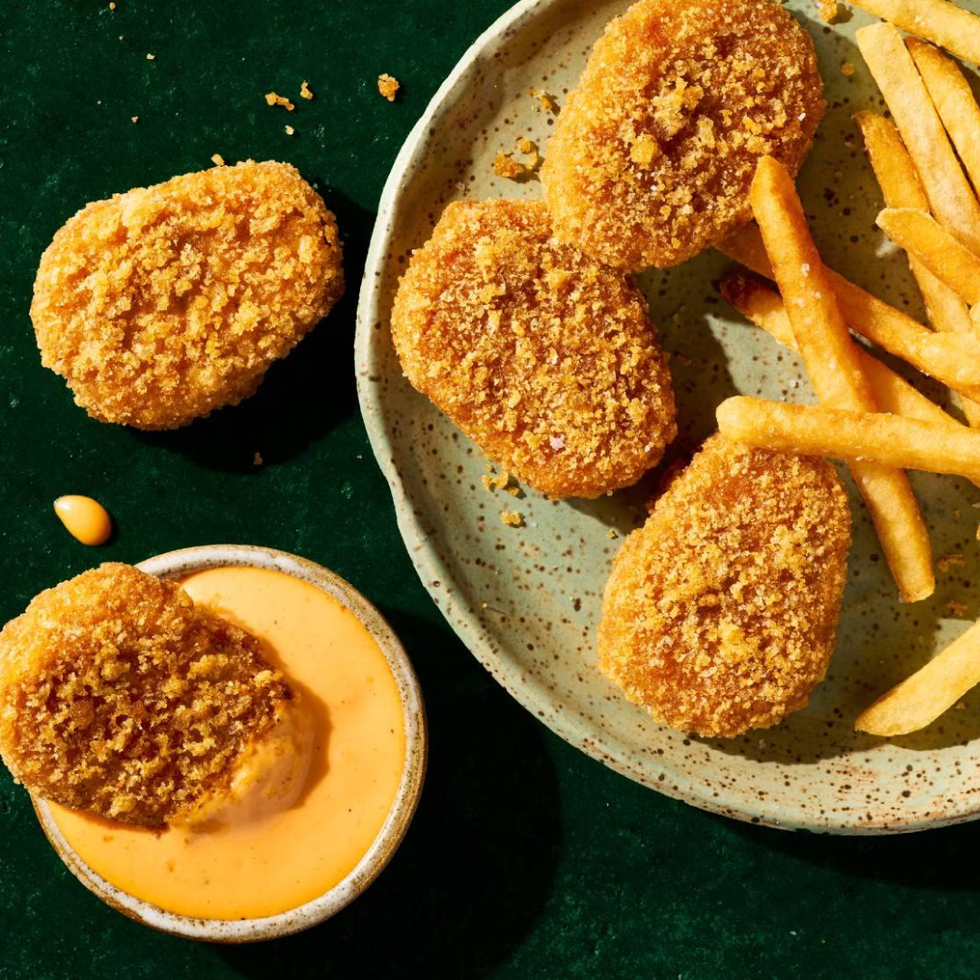
Morning Star
Plant-Based Nuggets
Switching to plant-based meat alternatives might spare some animals, but it won't necessarily save you from plastic. Plant-based nuggets, produced by brands like Morning Star and Impossible, rank among the most microplastic-contaminated protein products.
Each serving contains nearly 100 pieces of microplastics, which may be introduced during processing, packaging, or from the ingredients themselves.
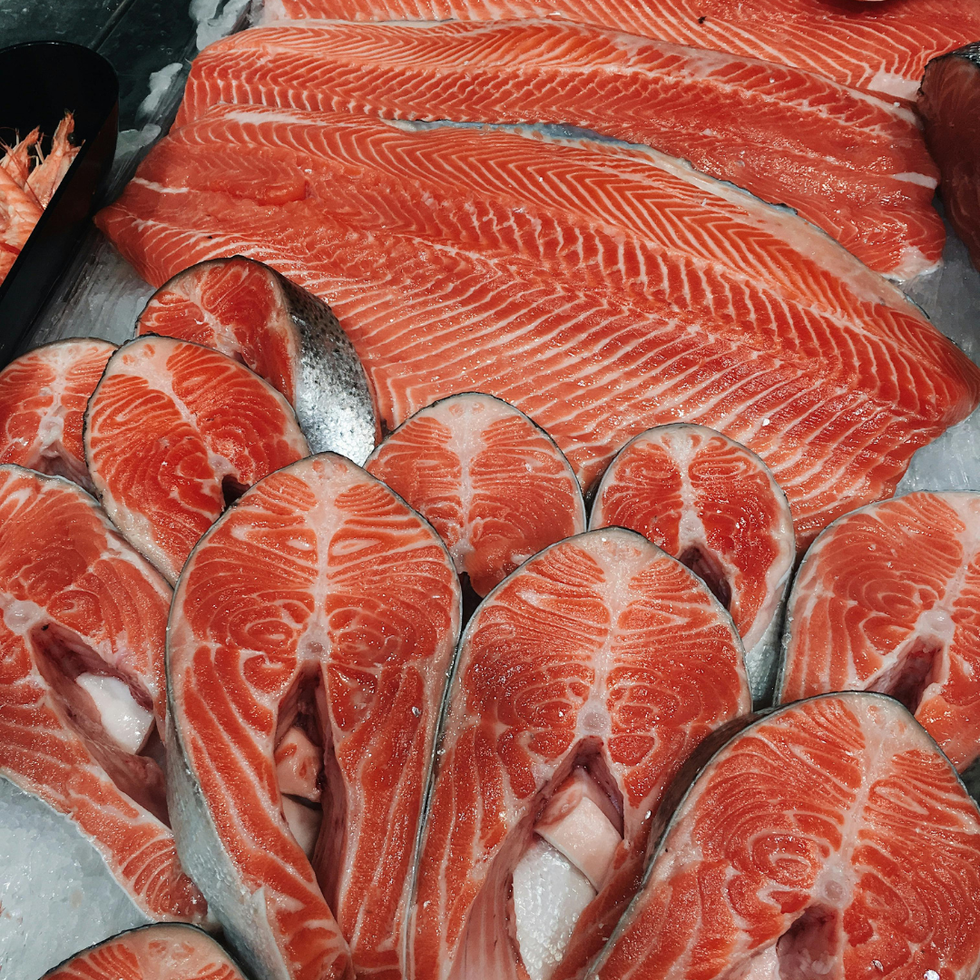
Valerie de Limoges / PEXELS
Fish
It's no secret that marine life is heavily affected by plastic pollution, and fish are no exception. Data has shown that fish, especially species such as grouper, flathead, scad, and barracuda, contain hundreds of microplastic particles per serving.
Additionally, even processed products like fish sticks show contamination levels just under 100 particles per serving. Because of how pervasive microplastics are in our oceans, fish regularly ingest them, which is how they make their way into our seafood.
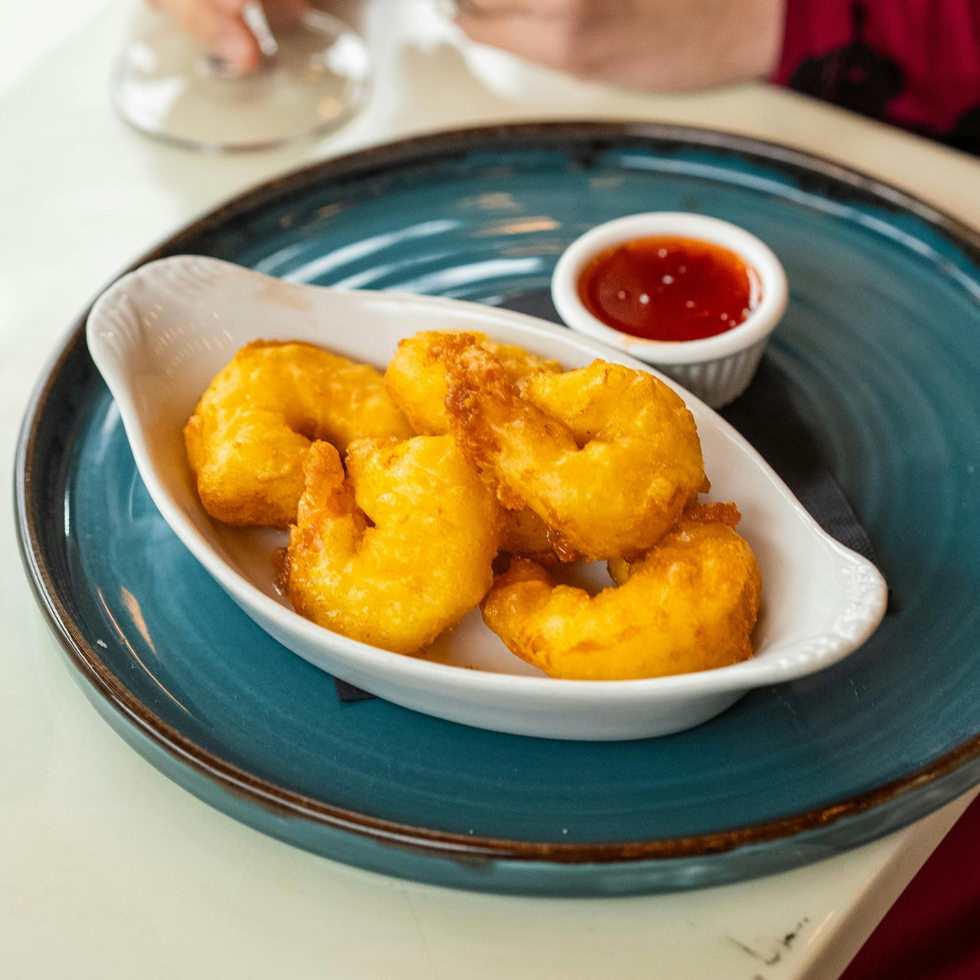
The Castlebar / PEXELS
Breaded Shrimp
Finally, since shrimp are bottom-feeders, they are particularly prone to consuming plastics and pollutants that sink to the ocean floor. That's why a typical serving of breaded shrimp contains around 300 microplastic fragments.
Subscribe to our newsletter for more food news + healthy eating tips!


















